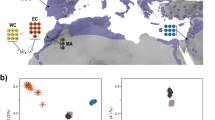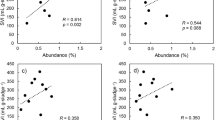Abstract
MISS ALICE MACKIE, writing from Egypt, sends me a photograph showing a couple of slugs represented on a wall at Karnak (Fig. 1). These figures are of course well known to Egyptologists, but probably not to malacologists. They appear to represent the species Veronicella nilotica (Cockerell, Nautilus, January 1910, p. 108), which was found by the Nile above Khartoum. In my original account I could only give the coloration as shown by alcoholic material. Mrs. G. B. Longstaff found a specimen among papyrus on the river bank at Hillet al-Nuwer, an islet on the Bahr el-Gebel. She noted that the living animal was very dark grey above, beneath dirty yellow turning to deeper yellow anteriorly.1 This agrees sufficiently with the Luxor figures, which are shown to be dark above and pale below. As this is the only slug of the kind known from this region, the identity is reasonably certain.
This is a preview of subscription content, access via your institution
Access options
Subscribe to this journal
Receive 51 print issues and online access
$199.00 per year
only $3.90 per issue
Buy this article
- Purchase on SpringerLink
- Instant access to full article PDF
Prices may be subject to local taxes which are calculated during checkout
Similar content being viewed by others

References
Robson Journal Linnean Soc., Zoology, 32, p. 268, 1914.
Author information
Authors and Affiliations
Rights and permissions
About this article
Cite this article
COCKERELL, T. The Oldest Record of a Slug. Nature 125, 745 (1930). https://doi.org/10.1038/125745a0
Issue date:
DOI: https://doi.org/10.1038/125745a0


